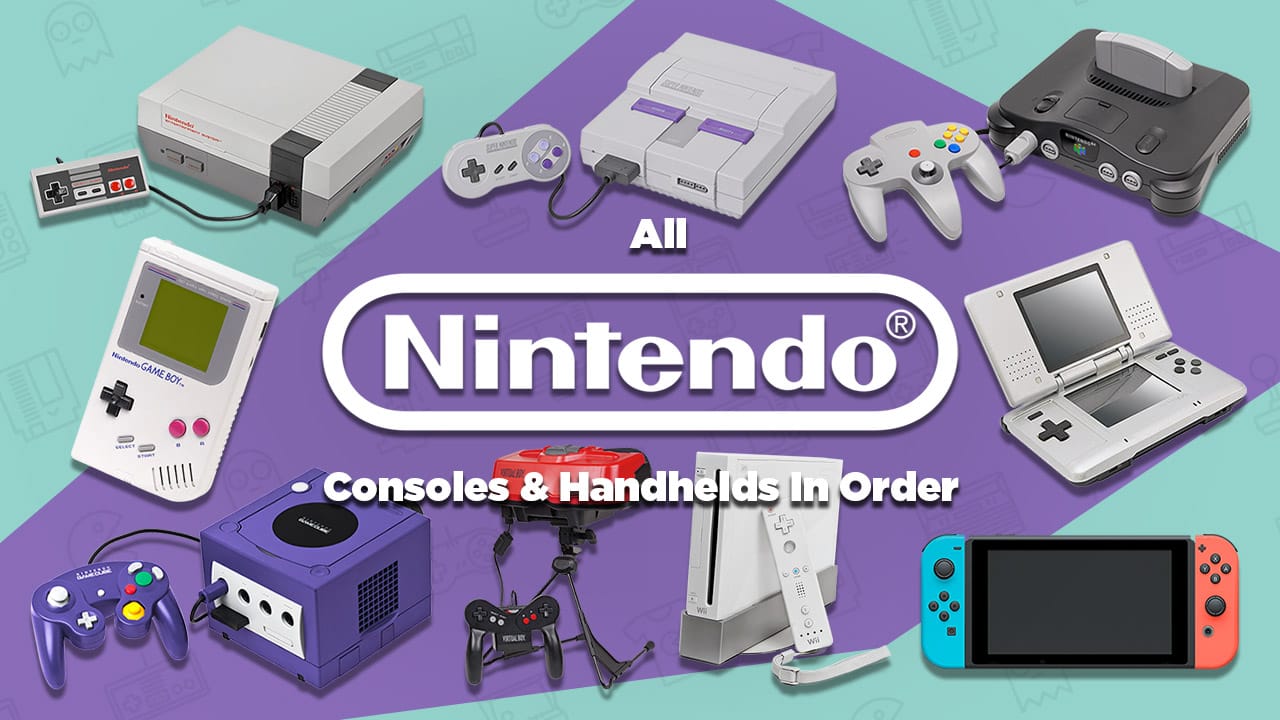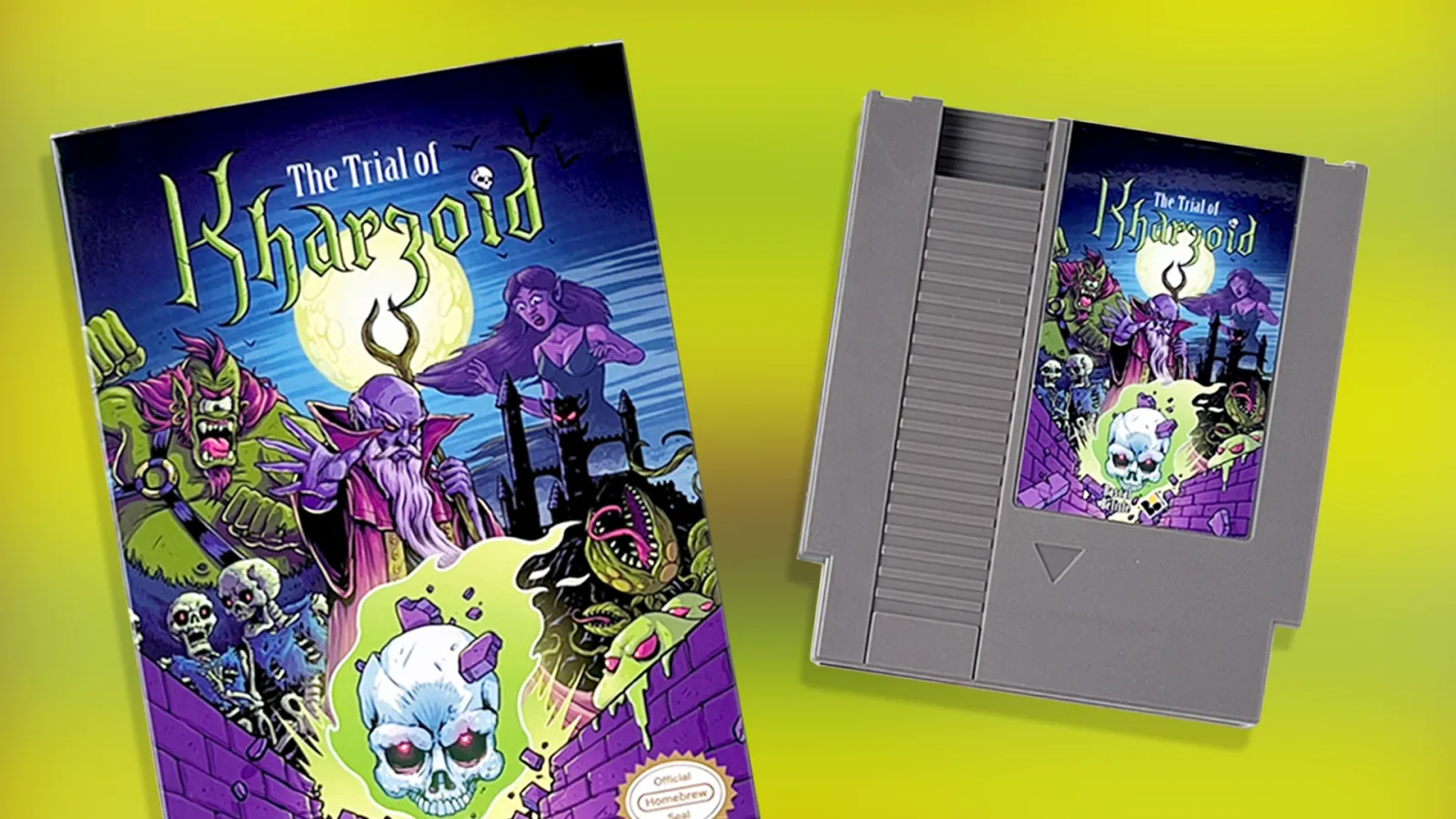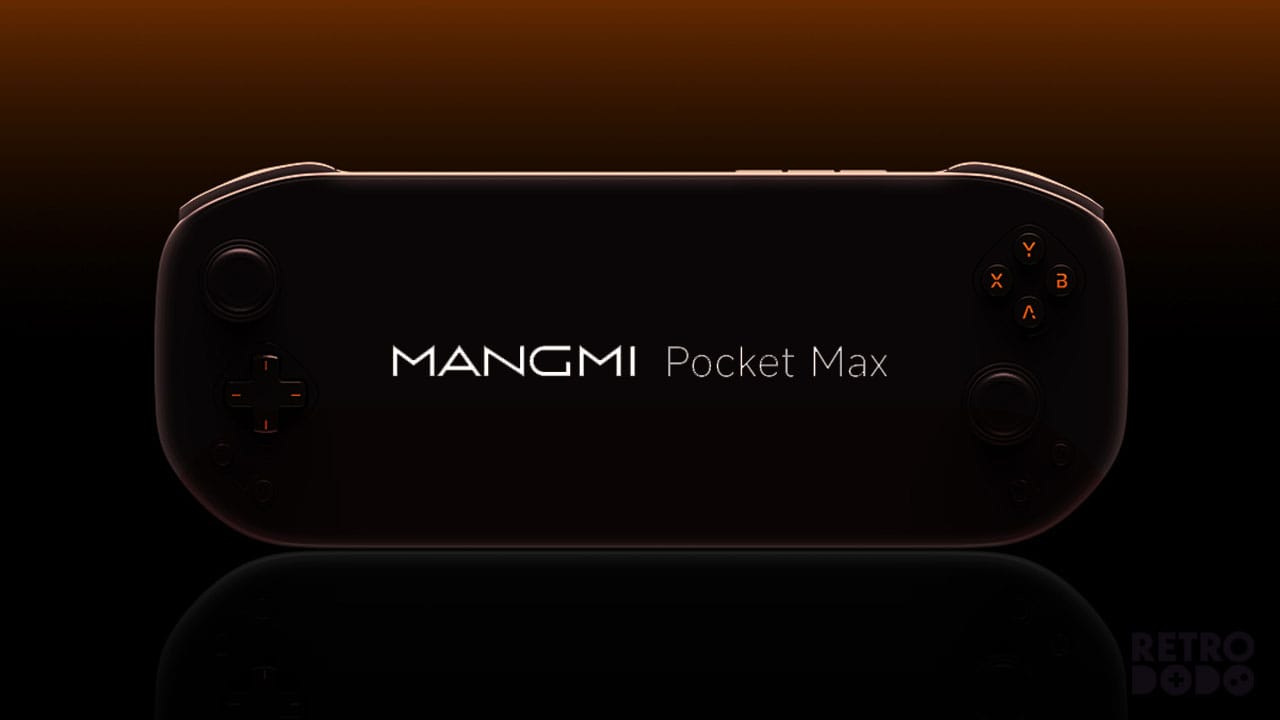Are you guys ready for one of the most exciting and stressful lists I will have to write for Retro Dodo? Get ready for all Nintendo Consoles and Handhelds In Order!
Exciting because Nintendo is my absolute favorite company in the video game world. By far.
Stressful because I am estimating nearly 50 total consoles to appear on this list! That’s a lot of research and writing.
Thankfully, I actually enjoy this stuff and it’s gonna be pretty cool to be a true expert on the history of Nintendo.
So let’s not waste too much time with intros. Strap yourselves in for a gigantic list of ALL Nintendo consoles and handhelds.
1. Color TV-Game (1977–1980)
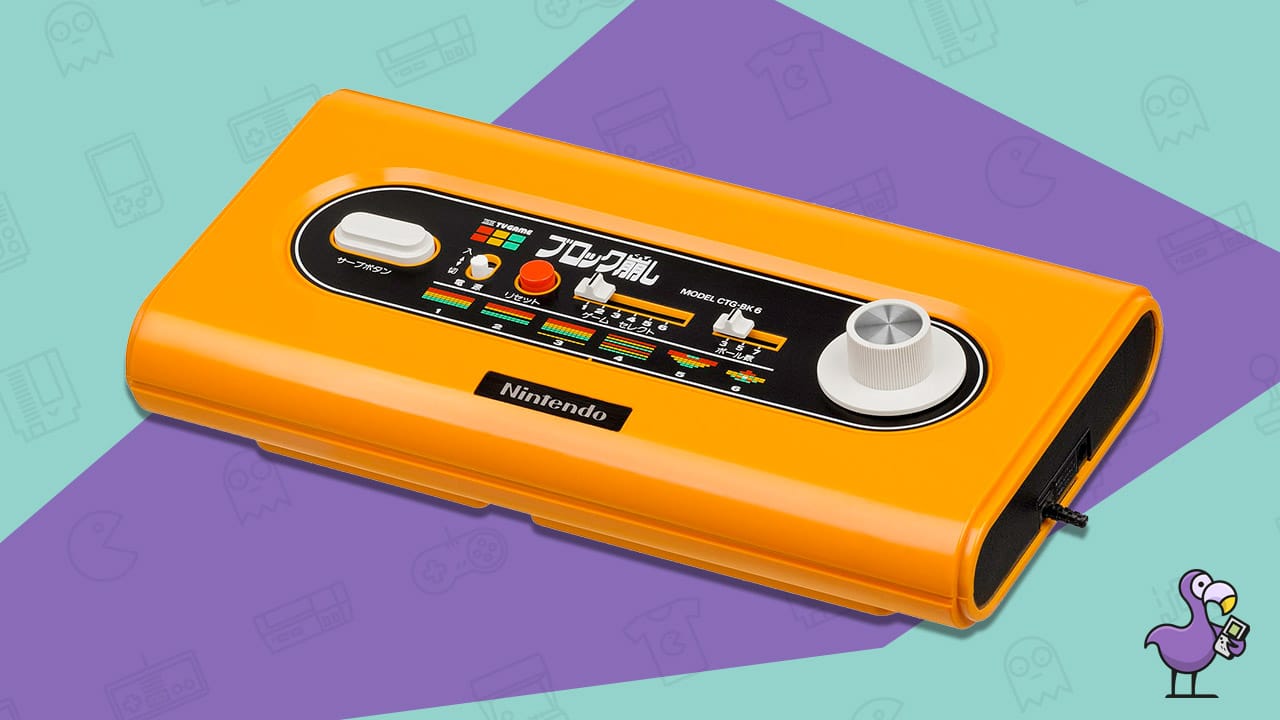
So here is an entry you may have never heard of… I hadn’t until I started my research.
Nintendo’s very first entry into home video games was the “Color TV-Game”, a series of five home consoles that only ever released in Japan.
Each looked unique, had a few built in games, and featured a controller scheme that fit the games on each unit.

They were developed by the legendary Nintendo Research & Development 2 team in collaboration with Mitsubishi Electronics, since Nintendo had no previous history in making electronic devices.
Of course, Nintendo R&D2 would later go on to develop some of our favorite video game consoles, such as the NES and SNES.
Seeing what Nintendo did with the Color TV-Game series, we can see how they eventually went on to create the consoles we will see in the rest of this list.
It is pretty awesome to learn about the true video game beginnings for a small game company that became the absolute giant that is Nintendo.
2. Game & Watch (1980–1991, 2020–2021)
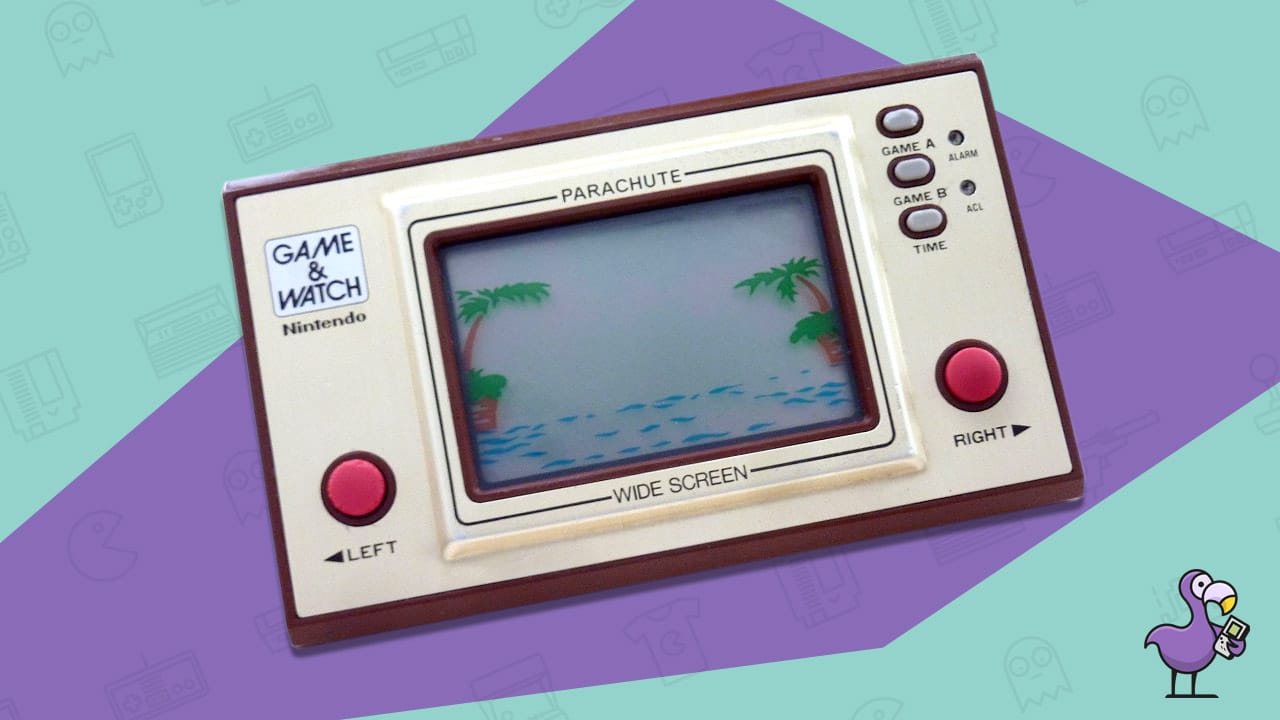
Now here is one you likely know of, and (like me) probably assumed was Nintendo’s first entry into electronic video games.
Yep, next up in our all Nintendo consoles and handhelds article is the The Game & Watch series of handheld game consoles.
This was where Nintendo was truly able to establish themselves as an electronic video game company and gain worldwide notoriety, as this was the first time Nintendo’s video game products went outside of Japan (officially at least).
Created by the absolute legend in video game history, Gunpei Yokoi, the Game & Watch was the first appearance of the dpad and basically created the standard for video game controls for the 80s and 90s.
There have been over 60 different Game & Watch consoles since 1980 and they feature a wide range of unique designs, some of which might surprise you.
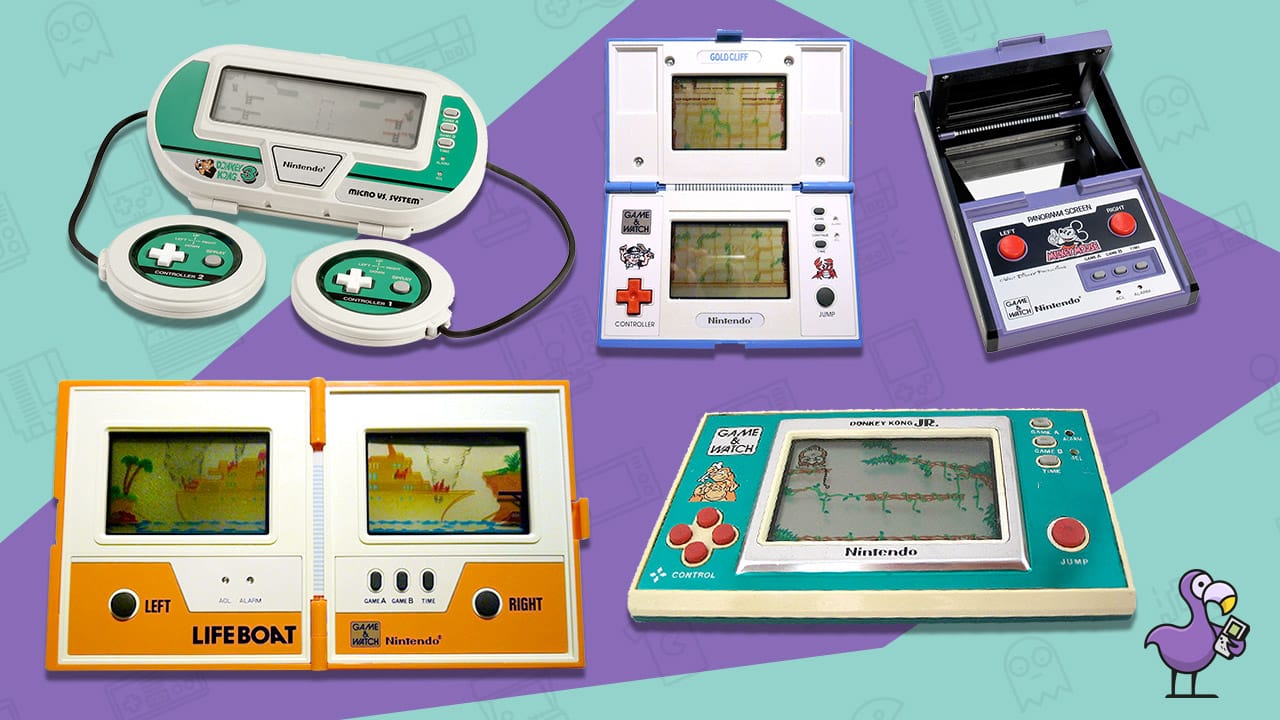
As the name suggests, the small portable consoles typically include a game and a watch functionality.
They take advantage of a small LCD screen, often with printed graphics and simple games to keep you busy for short periods of time.
The concept proved quite popular and over 14 million units were sold worldwide in 1980 alone.
Other game manufacturers and toy companies started to create similar devices, such as the popular series of video games from Tiger Electronics.
The legacy of the Game & Watch series is not complete yet, as we have seen new entries as recent as 2020 and 2021 in the Super Mario Bros. 35th Anniversary Edition and The Legend of Zelda 35th Anniversary Edition.
Perhaps we will see even more entries to come in the next few years, keeping the name alive and well.
3. Nintendo Entertainment System (1983)
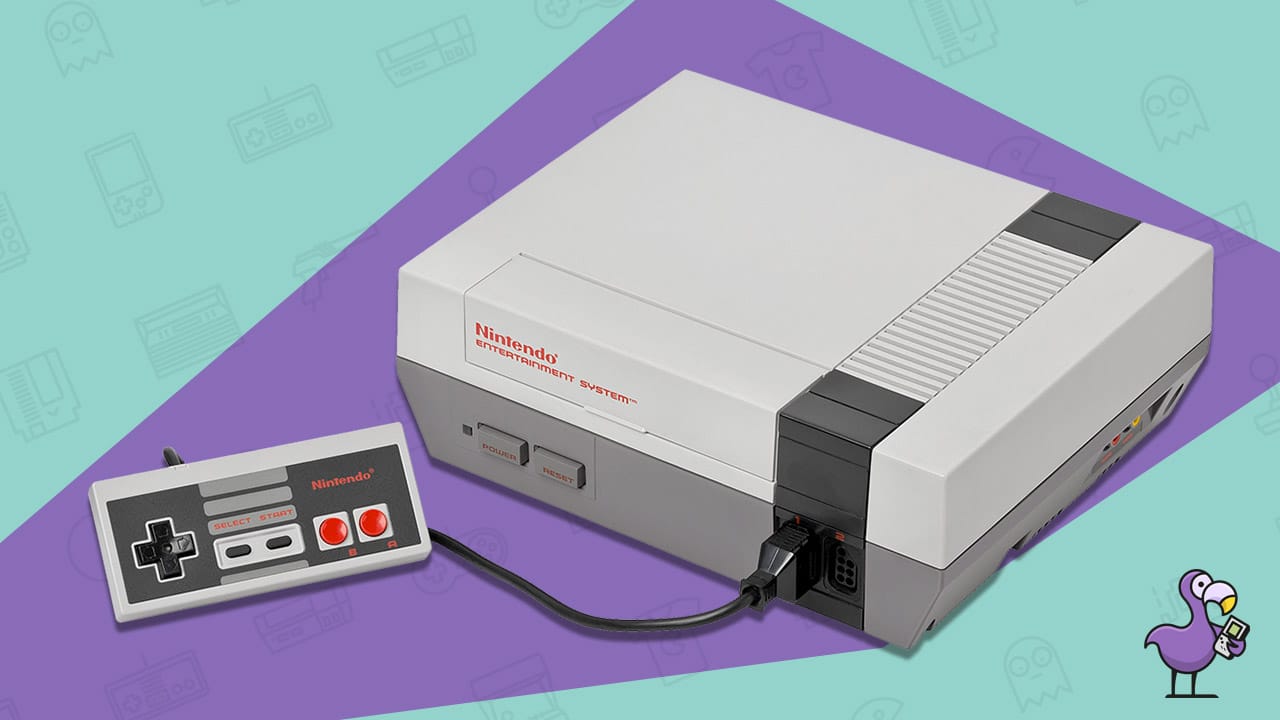
The Nintendo Entertainment System, also known as the “Family Computer” or “Famicom” in Japan, was a home video game console produced by Nintendo that released in 1983.
The NES was an 8-bit game console that combined the best elements from Nintendo’s previous Color TV-Game and Game & Watch.
Where those two entries in Nintendo were fairly limited devices, the Nintendo Entertainment System was a full game console with interchangeable game cartridges for varied game play experiences on your home television.
Similar devices existed, such as early ATARI Consoles or even the first video game console, the Magnavox Odyssey.
But this was Nintendo’s first full home entertainment system, and they certainly hit it out of the park.
1983 could be thought of as the start of the Nintendo era, as they would be leaders in home video game sales from that point forward.
And what made the NES so special? The games of course!
With Nintendo producing both hardware and software, they had a very large library of exclusive game titles on the NES console.
Just take a look at the list of the 10 Best Selling NES Games Of All Time.
The NES/Famicom is still one of the best selling video game consoles of all time at nearly 62 million units sold.
Perhaps the fact that it is #13 on that list might sound less impressive… but keep in mind that this is due to the fact that Nintendo went on to create six of the devices that scored higher.
And we can truly credit the Nintendo Entertainment System as being their introduction to the world as the new kings of video games.
4. Game Boy (1989)
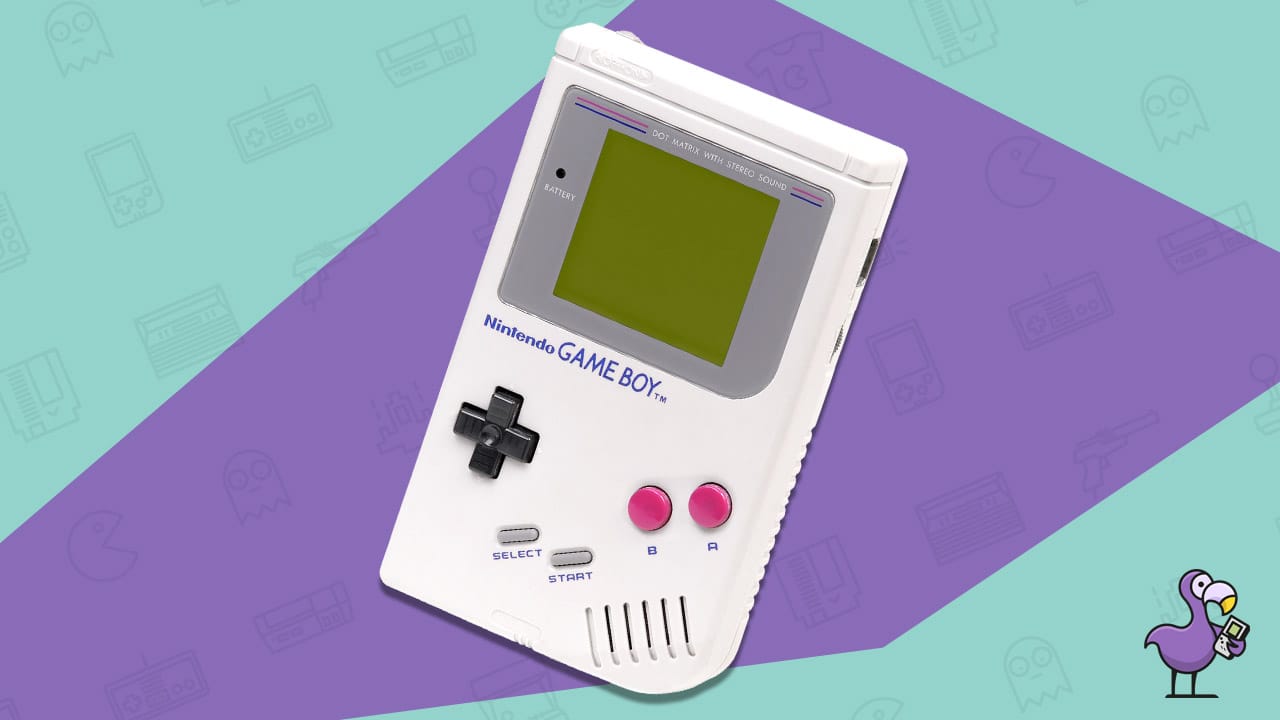
Now here is a topic in our all Nintendo consoles and handhelds article that I am particularly qualified to break down. This is a part of Nintendo’s history that I will need very little research to talk about.
I even wrote the article for All Game Boy Models and it took the number one spot on our list of the Best Retro Games Consoles.
So let’s get right into it… the Game Boy. Yes, two words!
Not Nintendo’s first outing in handheld gaming. But certainly their biggest and most elaborate handheld console at that time.
In comparison, the Game & Watch series was just a demo.
Surprisingly, Nintendo based the design of the original Game Boy on calculators that were seen in public transit.
They wanted to create a device that adults could enjoy during their commute without the embarrassment of playing on something that would be seen as a child’s toy.
Where the Game Boy shined was in its affordable price, long battery life, and large selection of great game titles.
Like the NES home console, the Game Boy would feature interchangeable game cartridges, and Nintendo would produce many of their own first-party titles.
Check out our list of some of the 35 Best Gameboy Games Of All Time.
The Game Boy was the first home to classics like Kirby and Pokemon. Ever heard of them?
Nintendo offered two updated models of the Game Boy before creating Game Boy Color… the Game Boy Pocket (my favorite) and the Japanese exclusive the Game Boy Light.
The Game Boy was one of the greatest achievements in handheld game history. The #1 in my opinion. And there is a very strong community of enthusiasts to this day keeping the magic alive.
5. Super Nintendo Entertainment System (1990)
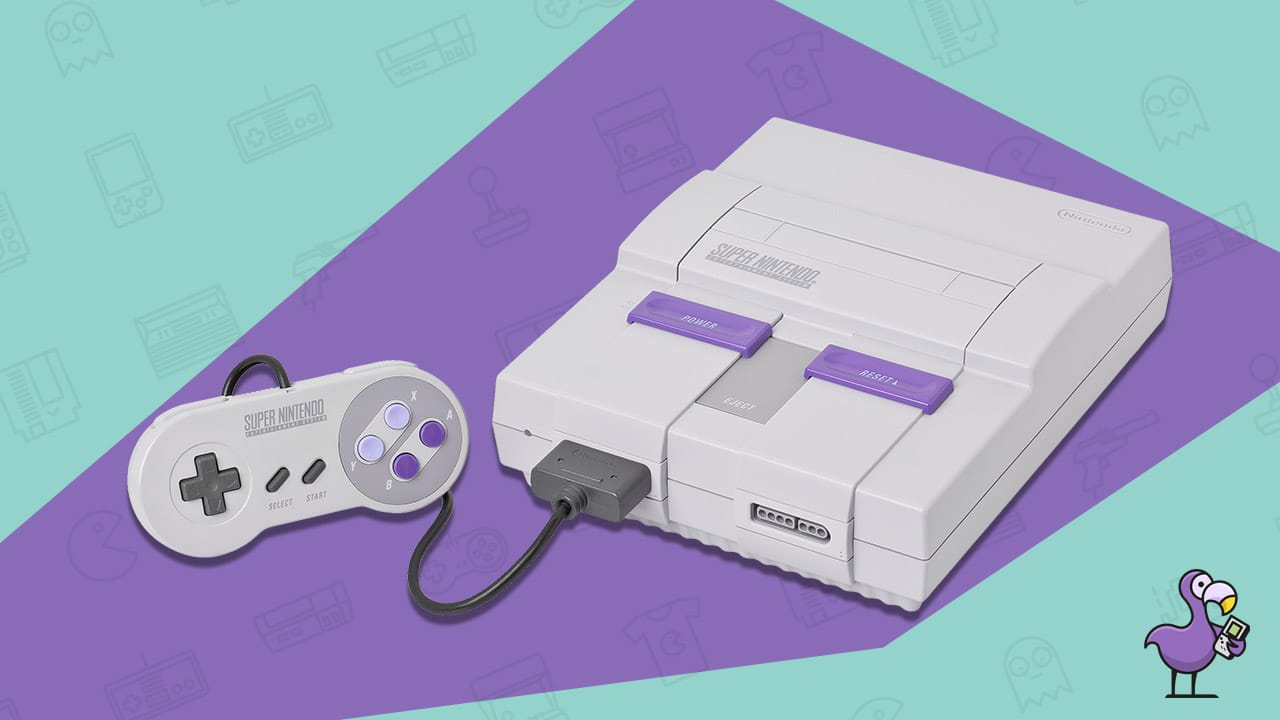
The Super Nintendo Entertainment System, also known as the SNES or the Super Famicom, was a 16-bit home video game console released in 1990.
Compared to the capabilities of the NES or the Game Boy, the SNES was kind of astonishing to us lucky enough to be kids at that time.
The console was designed to have advanced graphics and audio, and with the use of special enhancement chips that could be included in the game cartridges, the possibilities were even greater.
With 49.1 million units sold worldwide, the Super Nintendo bested its competition the Sega Genesis which sold 30.75 million.
And as we have and will say a lot on this list, those sales were surely supported by the incredible catalogue of games made available for the SNES.
Check out the list of the 35 Best SNES Games Of All Time (all of which can be played on the 6 Best SNES Emulators).
Games like Donkey Kong Country showed how the 16-bit SNES could deliver graphics and audio that made some of the new 32-bit consoles look bad.
This kept sales and popularity of the console strong far into the 32-bit era.
The Super Nintendo Entertainment System is one of my personal favorite game consoles of all time. I have a lot of beautiful gaming memories on the system.
And, while technologies have advanced quite a bit since 1990… I think as far as retro graphics is concerned, the SNES was the king.. and is still inspiring game development today.
6. Virtual Boy (1995)
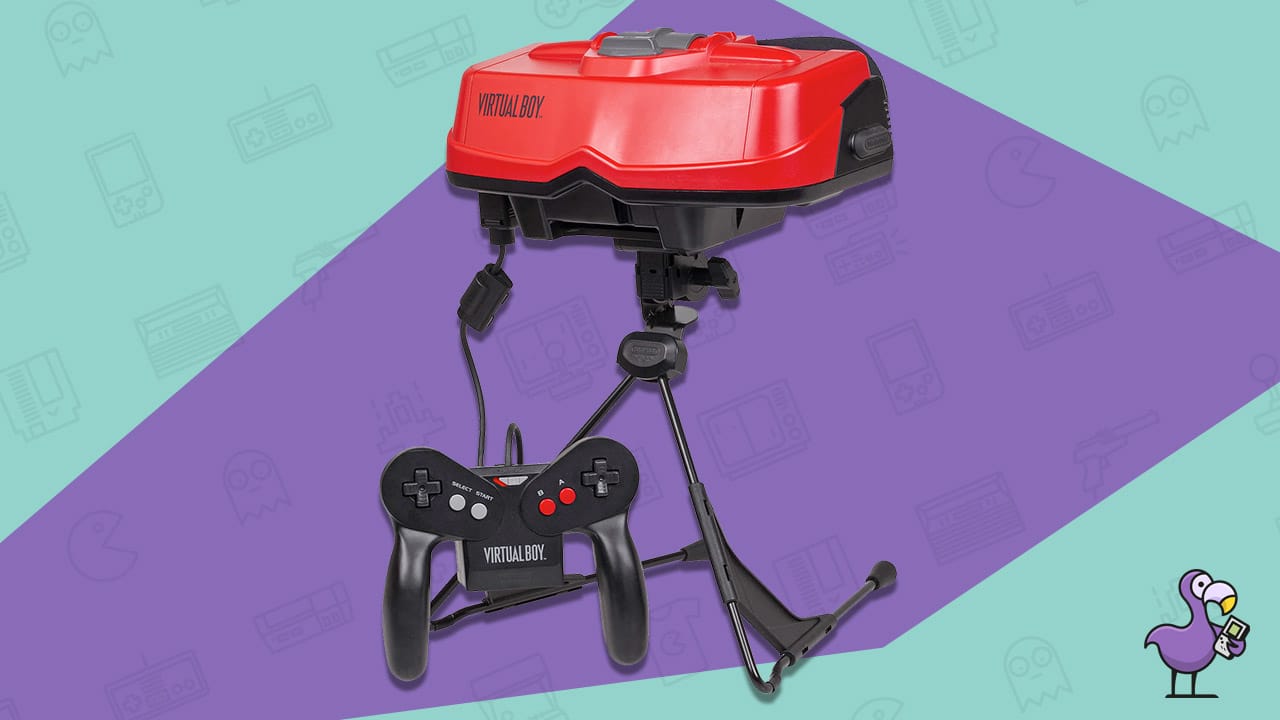
The Virtual Boy was a 32-bit home game console. Sort of.
It was one of the earliest examples of a virtual reality style console that used stereoscopic 3D.
Strangely enough, Nintendo opted for the color red for the console’s exterior and for the monochromatic screens inside the goggles.
Certainly a unique choice, but maybe not the most visually appealing for game play.
It was Nintendo’s first 32-bit game console, and proved to be quite expensive to produce.
Critics were not impressed with the design, the game play, the lack of true portability, and there were also health concerns with the use of the Virtual Boy.
Overall, the Virtual Boy would be considered a failure, the biggest in our all Nintendo consoles and handhelds article.
Only 22 games were ever released for the Virtual Boy. Not exactly mind blowing stuff here. But still a pretty interesting milestone in Nintendo’s history.
The Virtual Boy has become an obscure console favorite of retro emulation enthusiasts.
The Analogue Pocket even gives it a nod with the use of a red and black color palette setting in their console.
Not all of the game titles produced were terrible. And they are actually quite enjoyable if you play them via emulation, and do not have to use the actual VR headset.
Check out our list of the 10 Best Virtual Boy Games. Virtual Boy Wario Land is particularly great, in my own opinion. It’s the game I keep on my retro emulation handhelds.
7. Nintendo 64 (1996)
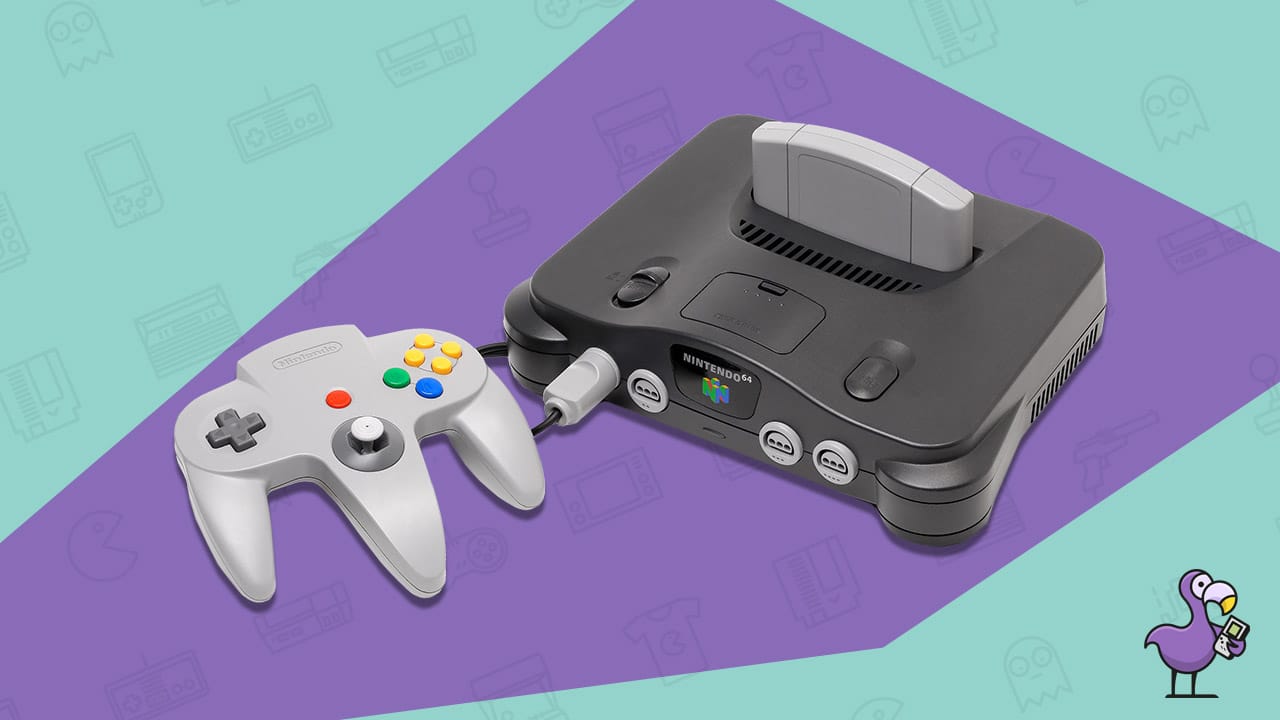
The Nintendo 64 was a home video game console developed by Nintendo that released in 1996.
After the success of the Super Nintendo console, Nintendo began development of what would be their followup.
They worked with Sony on a possible CD add on to the SNES which eventually became Sony’s Playstation, and also with Philips whose work would eventually become their own CD-i system.
Nintendo opted to cancel those collaborations and develop their own 64-bit home console that featured a 64-bit CPU developed with Silicon Graphics and still use game cartridges rather than CD technologies.
The use of a special Expansion Pak accessory could increase the system’s RAM from 4MB to 8MB and the Controller Pak, Rumble Pak and Transfer Pak accessories could add additional functionality.
The console sold nearly 33 million units worldwide supported by the 65 Best N64 Games and the Best Nintendo 64 Accessories.
The Nintendo 64 was universally praised for the advanced 3d graphic capabilities, its awesome controller design (you either love it or hate it), the console portability and durability, and as usual… the first party games offered.
Play one of the 10 Best Selling Nintendo 64 Games on one of the Best N64 Emulators.
8. Game Boy Color (1998)

Creating a followup to the most popular handheld game console is a big task.
The original Game Boy was not without its shortcomings.
The main complaint from users being the lack of color, since color handheld game consoles existed at the time of the launch of the original Game Boy.
So Nintendo delivered exactly that.. a color handheld console, The Game Boy Color, on October 21, 1998.
The Game Boy Color featured a custom 8-bit CPU developed by Sharp.
The GBC was also fully backwards compatible with all original monochrome game cartridges.
This meant that old users could still use games they had purchased, and new users had an already giant library of game titles to choose from.
Check out some of the awesome new games that came exclusively to the Game Boy Color here: 10 Best Selling Game Boy Color Games.
Strangely, Nintendo still decided to make a handheld console without a backlight, despite having produced a backlit console as a Japan exclusive, the Game Boy Light.
But the lack of a backlight did not slow down sales one bit. And perhaps this could be thought of as part of Nintendo’s foresight and weighing cost-effectiveness vs performance and longevity.
Despite having delivered the Game Boy as a monochromatic device, and the Game Boy Color without backlighting… the two consoles still collectively were the highest selling handheld series by far.
If we had to give one of the handhelds in our all Nintendo consoles and handhelds article a badge of honor, it would be this one!
9. Nintendo GameCube (2001)
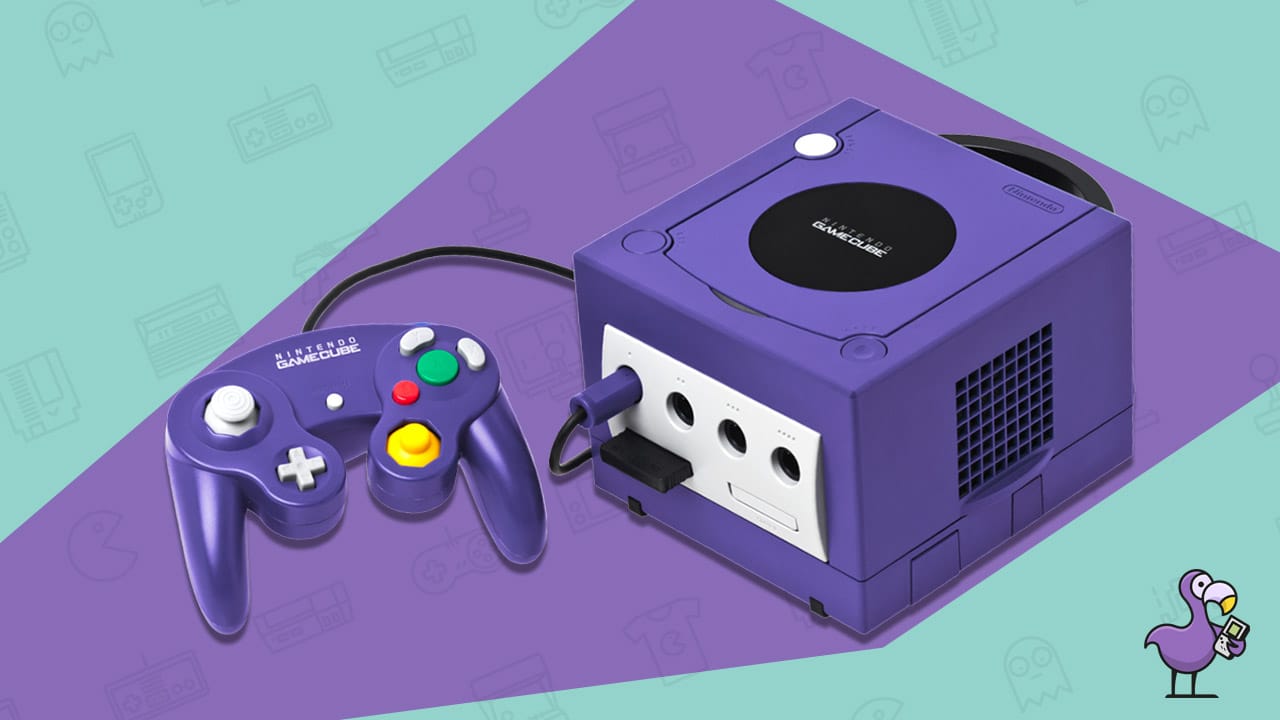
The GameCube was released in 2001 as Nintendo’s answer to Sega’s Dreamcast, Sony’s PlayStation 2, and Microsoft’s Xbox.
Many people from the same team that developed the Nintendo 64 hardware began work on the system logic and graphics processor for Nintendo’s next console.
Interestingly, the GameCube is not 128-bit, as you might expect following the N64. The console is technically a 32-bit console, though its internal structure surely makes up for the difference in other ways.

The controller of the GameCube is almost universally considered one of the absolute best controller designs of all time.
It’s unique ergonomics made use of offset analogue sticks, much like the Xbox controller, rather than the analogue sticks aligned like the Playstation Dualshock controllers.
This carried on into future Nintendo products, and became a preferred setup in retro emulation handhelds.
Though the GameCube sold much less than anticipated at 21.74 million units, the console is still a huge favorite among retro enthusiasts and party gamers.
And that is one of the best applications for the GameCube… playing with friends.
The truly portable design (it literally has a handle to carry it) made it a great system to bring over to your friends house for late night game sessions.
Check out our list of the best 4 Player GameCube Games and 20 Best Multiplayer GameCube Games. Lots and lots of fun to be had with friends.
We still love the GameCube. We hope that we might see a GameCube Mini someday so we can relive some of those classic gaming moments of our teenage years.
10. Game Boy Advance (2001)
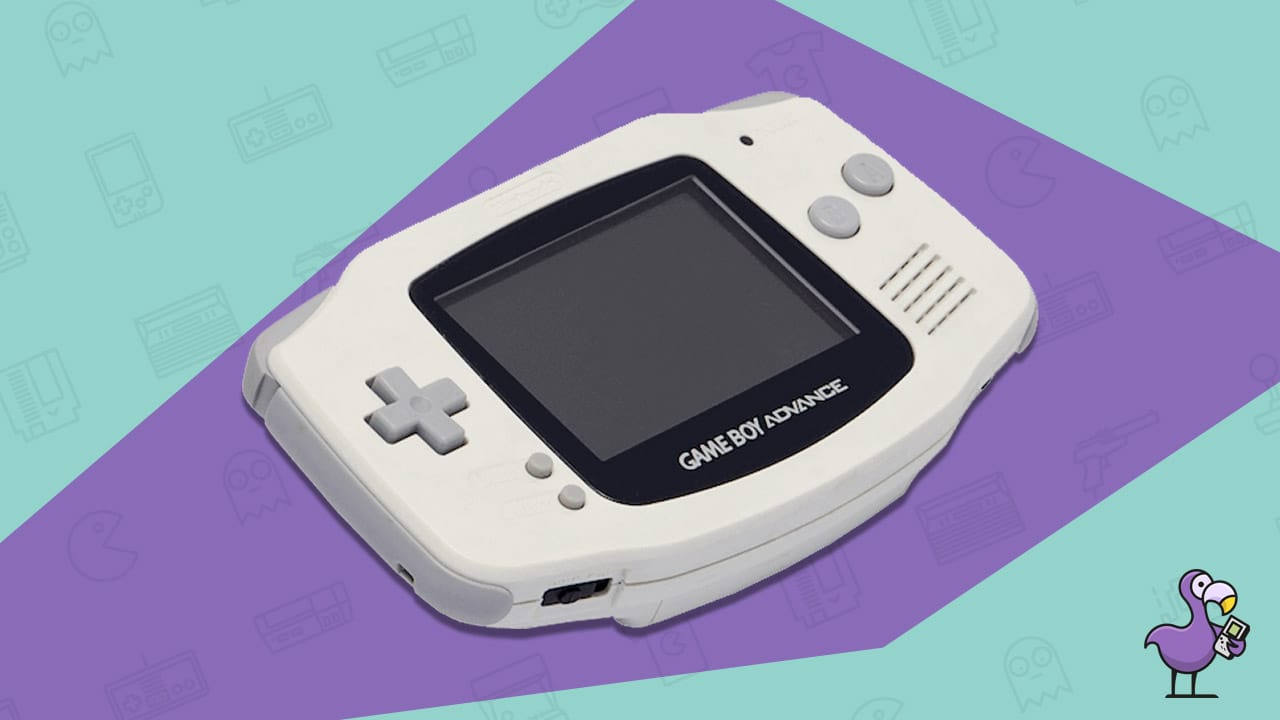
Next up in our all Nintendo consoles and handhelds article is the Game Boy Advance (GBA), a 32-bit handheld game console released in 2001.
The console featured a new 32-bit ARM7TDMI CPU and the original Sharp LR35902 to make the console backwards compatible with the previous generation of game titles.
The new advanced graphic capabilities made for a great home to some of the most impressive game titles from Nintendo.
Take a look at the 60 Best Gameboy Advance (GBA) Games. Mario Kart Super Circuit, The Legend Of Zelda – The Minish Cap, Pokemon Ruby/Emerald/Saphire, Metroid Fusion, Drill Dozer… all classics.
The new widescreen horizontal design was developed by French designer Gwénaël Nicolas of the design studio Curiosity.
Nintendo also released the Game Boy Advance SP in 2003, the “SP” actually being short for “special”.
As the final addition to the Game Boy series, Nintendo also released the Game Boy Micro in 2005.
The Game Boy Micro was a compact version of the Game Boy Advance that only accepted GBA game cartridges.
This would be the most pocketable way to play Nintendo’s 32-bit games on the go.
11. Nintendo DS (2004)
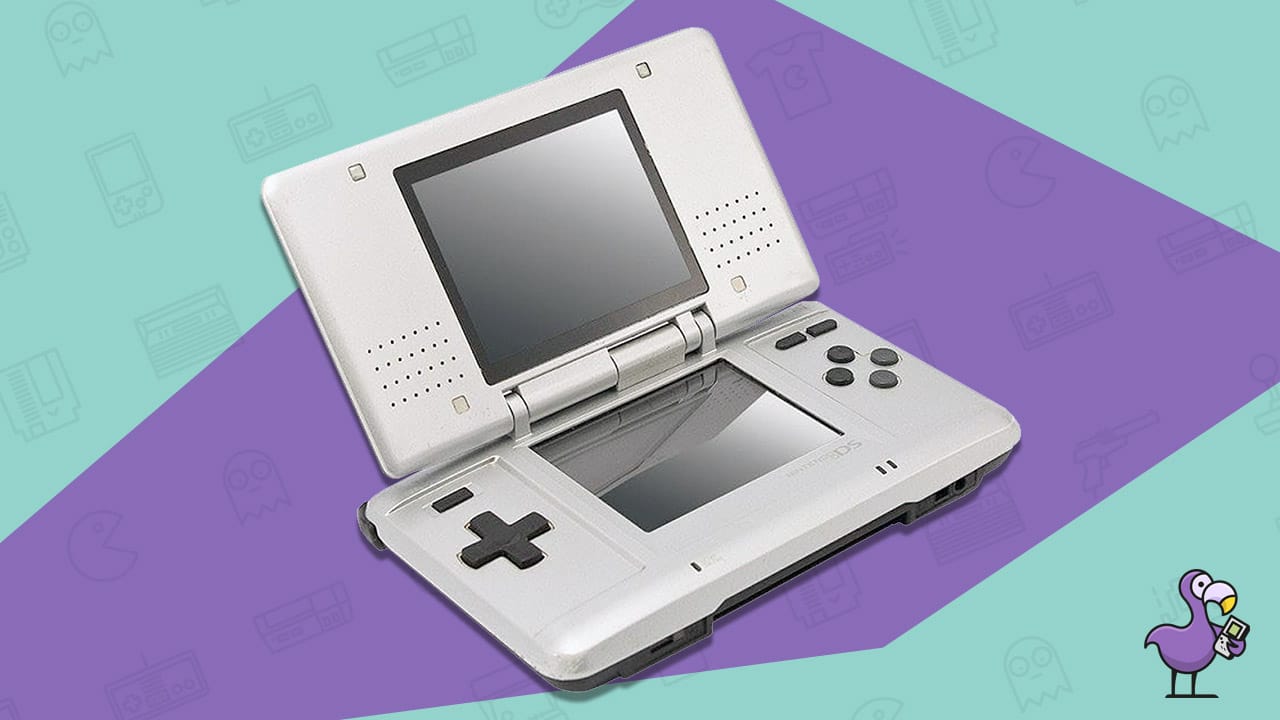
Nintendo introduced what would become the most prolific handheld console franchise of all time in 2004…
The Nintendo DS was a handheld game console that featured two screens in a clamshell design, similar to the Game Boy Advance SP.
Nintendo further emphasized their ability to innovate and deliver something entirely unexpected.
Features like touchscreen functionality and built in wifi would become standards for handheld gaming.
And the unique design of the Nintendo DS made for new opportunities in gaming experiences.
Check out the lists of the 10 Best Selling Nintendo DS Games Of All Time and the 55 Best Nintendo DS Games Of 2022.
All Nintendo DS models combined have sold 154 million units. It is the highest selling handheld console and highest selling Nintendo console.
So obviously people were loving the new ideas that the NDS delivered.
There were several redesigned models of the Nintendo DS throughout its lifetime, including the Nintendo DS Lite, Nintendo DSi, and the Nintendo DSi XL.
12. Wii (2006)
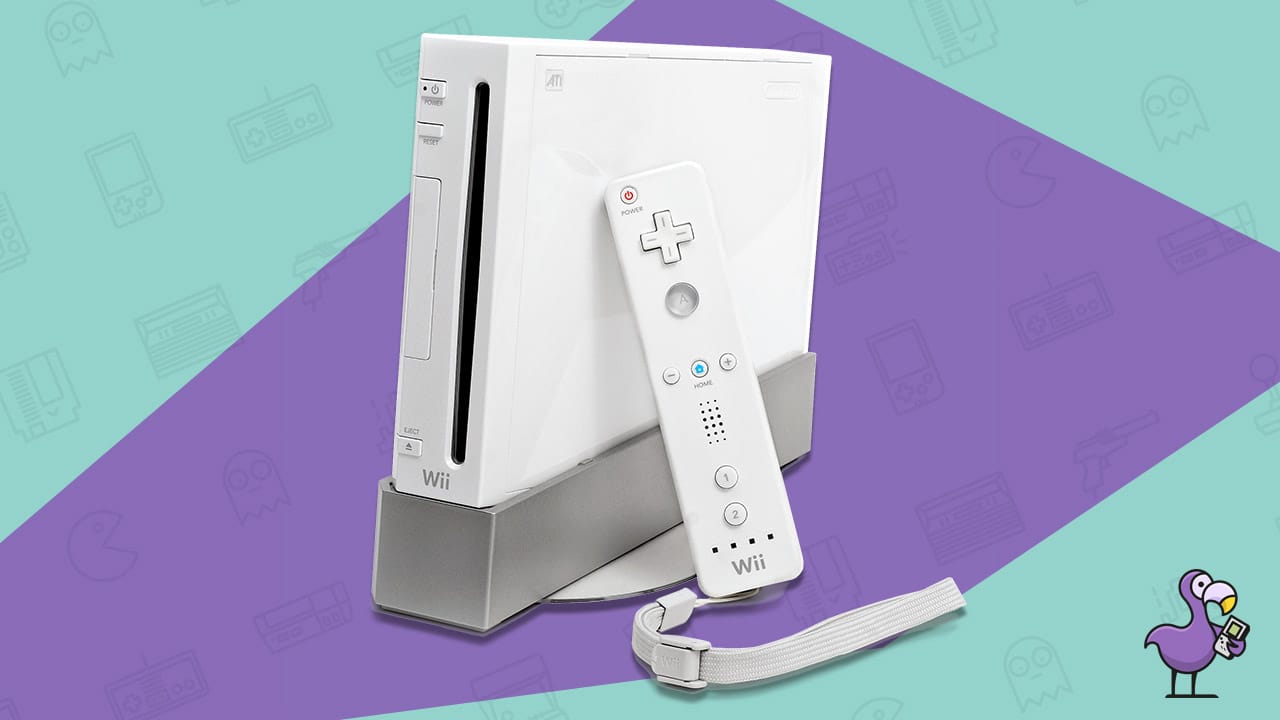
The Wii was a home video game console by Nintendo released on November 19, 2006.
In the development of the Wii, it is said that Nintendo president Satoru Iwata told his team to not try to compete with the technology of Sony and Xbox, and to focus on what makes Nintendo Nintendo.
Where some Nintendo systems lacked in technical capabilities, they have strongly made up for in innovation and unique gaming experiences.
And the Wii would become a prime example of unique game play features unlike anything else we had seen on the market.
Nintendo worked directly with Gyration Inc. to create the Wii Remote and Nunchuk peripherals focused on motion controls and interactive features.
Taking a look at the 10 Best Selling Nintendo Wii Games Of All Time, you can see how important the motion control features would be in the games created for the Wii.
The Wii sold nearly 102 million units, and it has become one of the favorite consoles of gamers, primarily due to its unique games and the online library of backwards compatible titles from previous generations.
People have even figured out ways to make a Wii fully portable, like in the WiiSp and the Wii Boy Color.
Nintendo also released their own miniature version of the Wii in 2012, the Wii Mini, that featured a much smaller design, and also removed the wifi features, sd card slot and component video output.
13. Nintendo 3DS (2011)
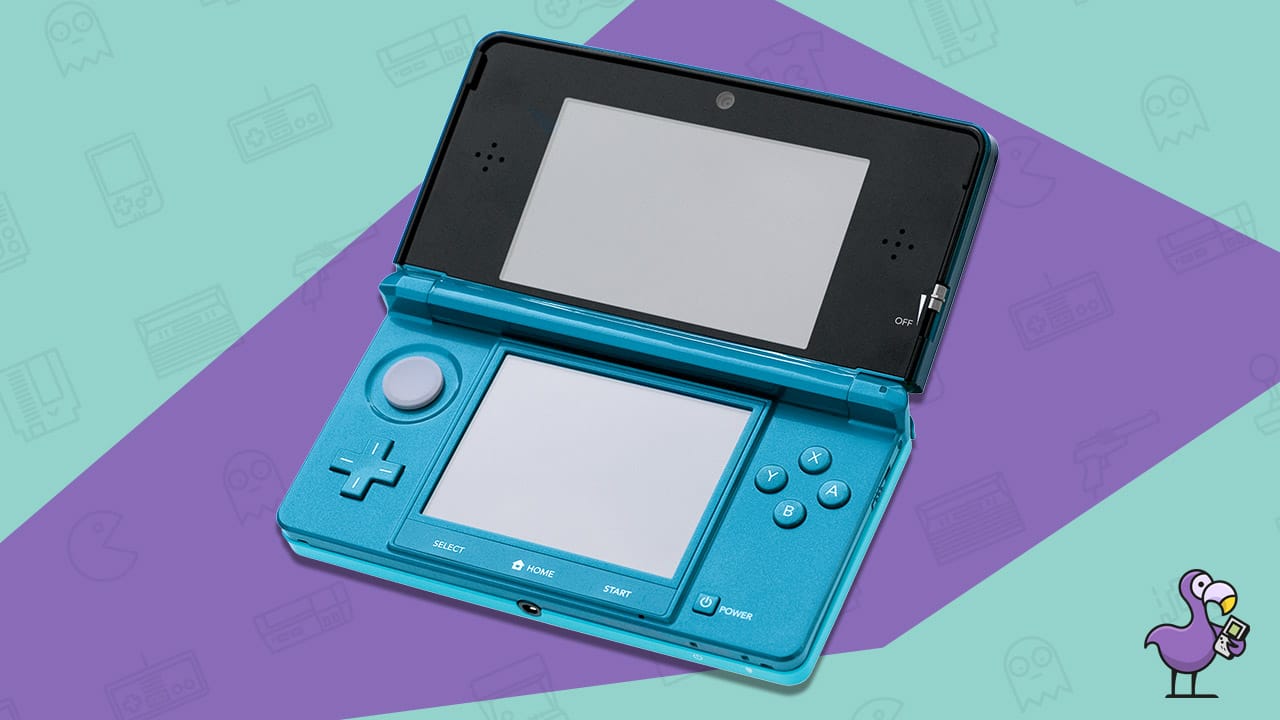
Next up in this all Nintendo consoles and handhelds article is the Nintendo 3DS, a handheld game console released in 2011 as the successor to the Nintendo DS.
The system also featured backward compatibility with Nintendo DS video games.
The 3DS uses stereoscopic 3D technology, which was also attempted in the Virtual Boy, a Japanese exclusive Famicom peripheral, and as an experimental GameCube function.
But Nintendo didn’t feel like they had scratched their 3D itch quite yet. They continued to experiment with 3D technology, including testing a Game Boy Advance SP addon.
Like the Nintendo DS, the 3DS had a dual-screen setup in a clamshell design, but now the top screen being an autostereoscopic liquid-crystal display.
Autostereoscopic technology means that the display will show a 3d-like effect without the use of additional glasses. This feature can be turned on with the flip of a switch.
And as always with Nintendo, the 3DS had some incredible games. Check out the 10 Best Selling 3DS Games of All Time and the 20 Best Nintendo 3DS Games Of All Time.
The additional models of the 3DS released were the Nintendo 2DS, New Nintendo 3DS, New Nintendo 3DS XL, and the New Nintendo 2DS XL.
14. Wii U (2012)
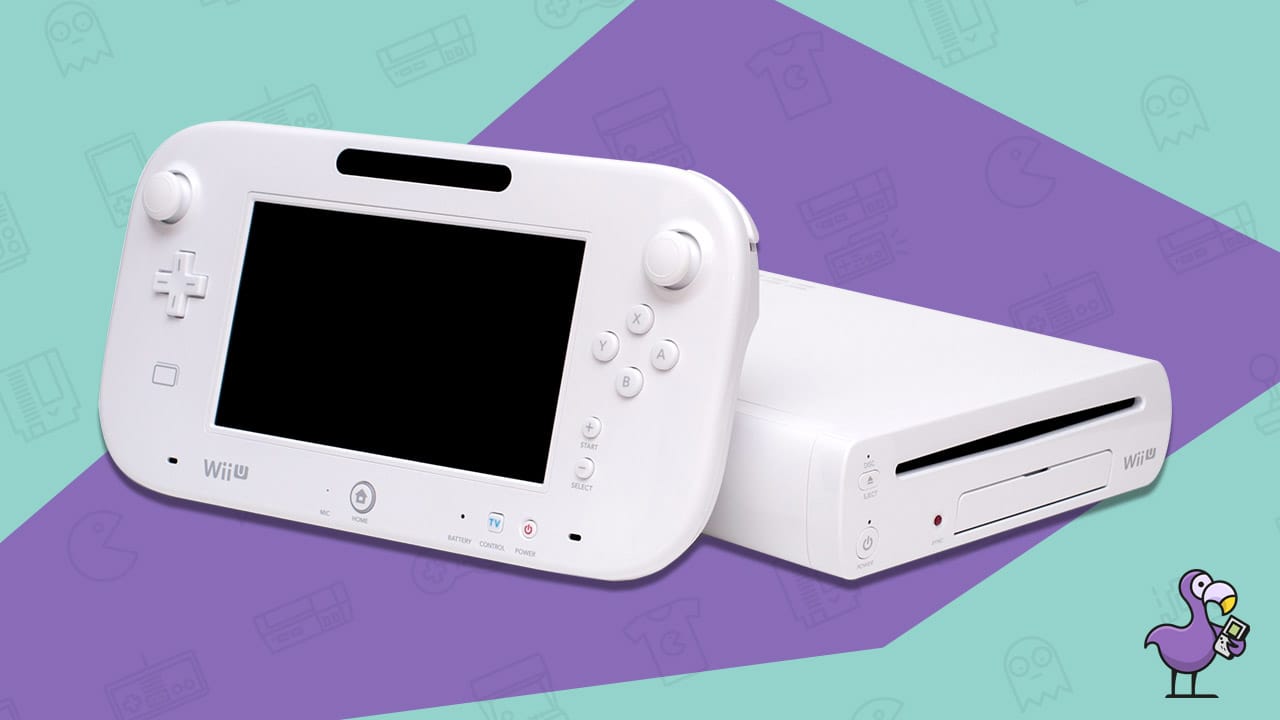
The Wii U, released in 2012, is a home video game console and was the successor to the Wii.
The Wii U’s design combined a standard console unit and a Wii U GamePad, which was both a controller and a portable game console.
However, the Wii U main console renders all game content and sends it to the GamePad wirelessly.
This was an interesting console idea, but was also probably the reason the console did not resonate with gamers so much.
The Wii U seemed to have a lack of identity. Or at least lack of an identity that players wanted.
Nintendo had a history of making unique choices in their consoles, which almost always paid off.
But the Wii U was maybe the biggest miss for Nintendo, and it only sold 13.5 million units worldwide.
Nonetheless, the Wii U was an important milestone in the history of Nintendo…
And in retrospect it is easy to see how choices made in the Nintendo DS, the Wii and the Wii U all lead to what would be one of their most popular devices… The Nintendo Switch.
15. Nintendo Switch (2017)
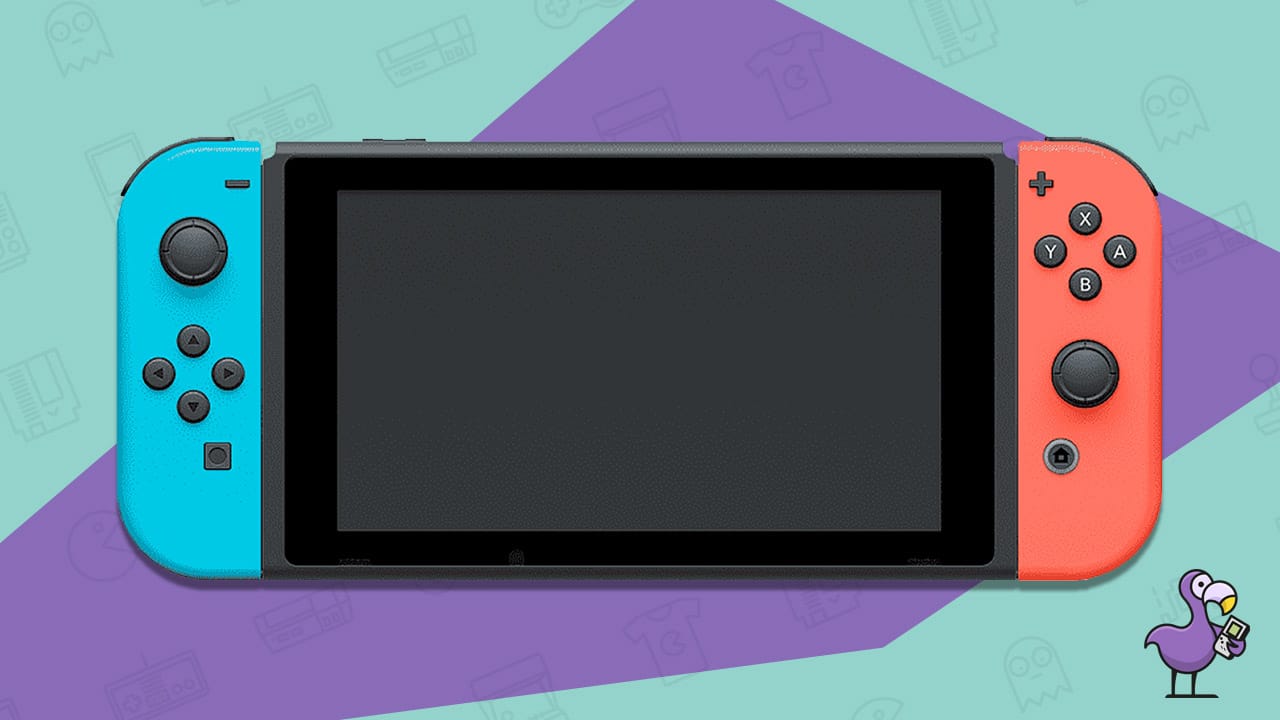
Where the Wii U failed, the Switch succeeded.
Combining the best elements of a home console and a portable handheld console, the Switch resonated with gamers in a way that the Wii U had aimed for, but could not achieve.
Released in March of 2017, the Nintendo Switch was a gaming tablet that could be docked as a home console or used as a handheld gaming device.
The removable controllers made this transition quick and easy. And also offered interesting multiplayer options.
Though the Nintendo Switch competes directly with Microsoft’s Xbox One and Sony’s PlayStation 4, much like with the Wii.. Nintendo did not try to compete with the technologies in those consoles.
Nintendo once again focused on the overall gaming experience, innovation, easy component access for cheaper and easier manufacturing, and ease of development for the console.
These choices resulted in a console that almost anybody could love. And they did.
Sales are currently nearing 108 million units sold, and the Switch is quickly climbing the list of the best selling game consoles of all time.
With the release of updated models, including the Nintendo Switch Lite and the Nintendo Switch OLED model, it is likely that the Switch will eventually become the best selling Nintendo console.
There are currently over 5000 games for the console, which include a few of my absolute top games of all time.
This includes games made for the Switch, Wii U ports, and games made available on the Nintendo Online service, which offers classic NES, SNES, and N64 titles.
Take a look at the 25 Best Nintendo Switch Games, the 15 Best SNES Games On Switch, and the 20 Best Indie Games On Switch.
So what’s next for Nintendo?
Rumors of the future model of the Switch, the “Nintendo Switch Pro”, have been around since the original console release in 2017.
It seems like every week, we get new rumors.
It is pretty much guaranteed that Nintendo will ride the Switch wave as long as they possibly can.
Whether that means they keep the original model around or actually give us a Switch 2 or Switch Pro anytime soon.
Whatever choice they make, surely there will be gamers who are disappointed and gamers who love it.
With games like The Legend of Zelda – Breath of the Wild 2 incoming… the future is looking bright.
We personally love the Switch, the game library on the Switch, and are excited for whatever is coming from Nintendo.
Thanks for checking out our all Nintendo consoles and handhelds article! Let us know your favorite over on Facebook, Twitter, or Instagram!


